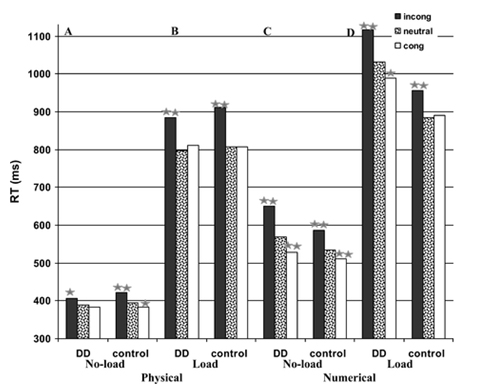The aim is that the Numerical Neurocognitive Lab will explore ways in which children develop basic numerical skills using behavioral, ERP, and functional and structural brain imaging methods. By mapping the brain systems engaged by different numerical tasks, research teams will learn the role of basic numerical processes (such as understanding magnitude, counting, early calculation abilities etc.) and their contribution to the typical and atypical development of mathematical competence, it may be possible to understand the extent to which developmental numerical deficits are the consequence of deficits in other cognitive abilities, such as attention, spatial working memory, and linguistic, and the extent to which they can be a primary deficit.
Dr. Orly Rubinsten
Dr. Rubinsten is in the process of establishing the Numerical Neurocognitive Research Lab and the Cognitive Neuropsychology Clinical Lab for Math Disabilities, with the hope of developing and implementing efficient rehabilitation procedures for children and adults with mathematical learning disabilities (or developmental dyscalculia; DD) in the future. She has already established research and clinical relationships with the Rehabilitation Department in Chaim Sheba Medical Center in Tel Hashomer hospital.
The Cognitive Neuropsychology Clinical Lab for Math Disabilities plans to offer diagnostic and evaluative services for children and adults who have academic, developmental, genetic, and/or neurological disorders. Specifically, research teams will examine a wide range of brain-related skills, such as general intelligence, attention, memory, language, sensory-motor functioning, and problem-solving skills.
Research
Attention, automaticity and developmental dyscalculia
Ashkenazi, S., Rubinsten, O., & Henik, A.
People suffering from developmental dyscalculia (DD) show an abnormal pattern of the size congruity effect. They do not display a facilitation component in a numerical Stroop task. In this task, participants are presented with 2 digits that differ both in physical size and numerical value, and they have to compare the digits while ignoring one of the dimensions. The present study examined performance of those with DD and control participants in the numerical Stroop task under cognitive load. The no-load condition replicated previous findings (i.e., lack of facilitation in the physical task for the DD group). Load had opposite effects on interference and facilitation. Load eliminated facilitation and increased interference in the control group. Load increased interference only in the physical task in the DD group. The opposite effect of load on facilitation and interference suggests that these components are related to different cognitive mechanisms. The fact that load produced a DD-like pattern in the control group could suggest that individuals with DD suffer from difficulty in recruiting attention in addition to the deficits in numerical processing.
Fig. Mean reaction times in milliseconds as a function of load, group, task, and congruity. 1. Physical task no-load: Both groups show interference; only developmental dyscalculia (DD) participants lack facilitation (A column). 2. Physical task with load: Both groups show interference but no facilitation (B column). 3. Numerical task no-load: Both groups show interference and facilitation (C column). 4. Numerical task with load: DD participants present both facilitation and interference and controls only interference (D column). 5. The groups are not different in general reaction time in the physical task (A + B), whereas DD participants are slower in the numerical task (C + D). * p < .05. ** p < .01. An asterisk indicates a significant difference between the marked condition and the neutral condition.

